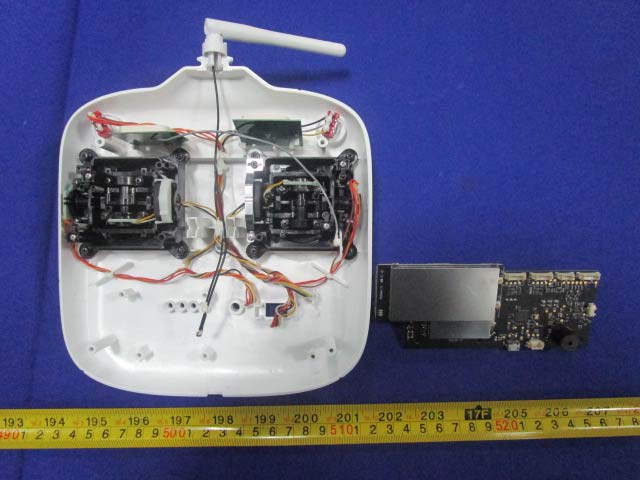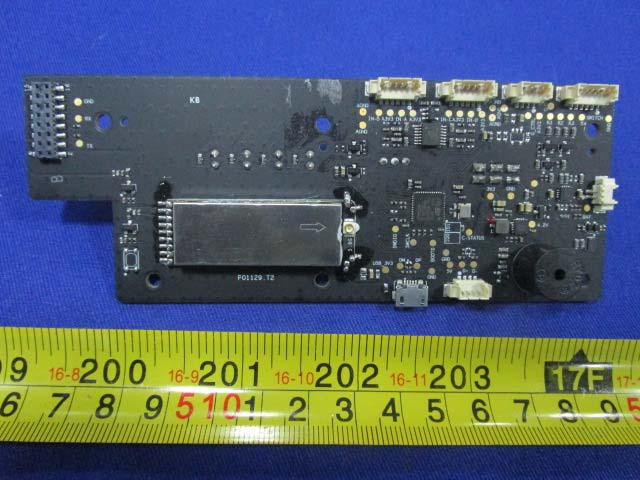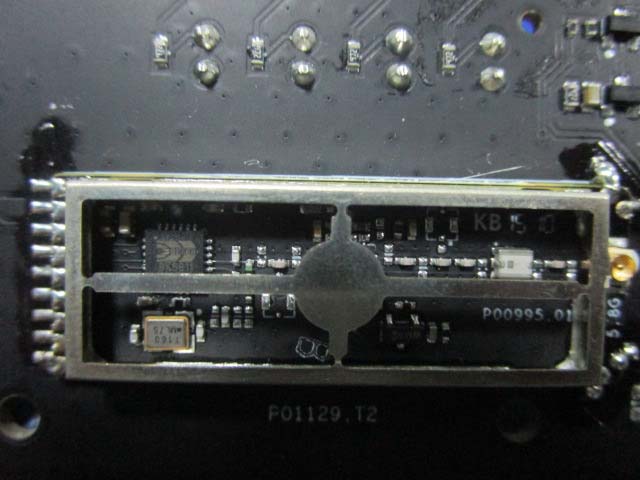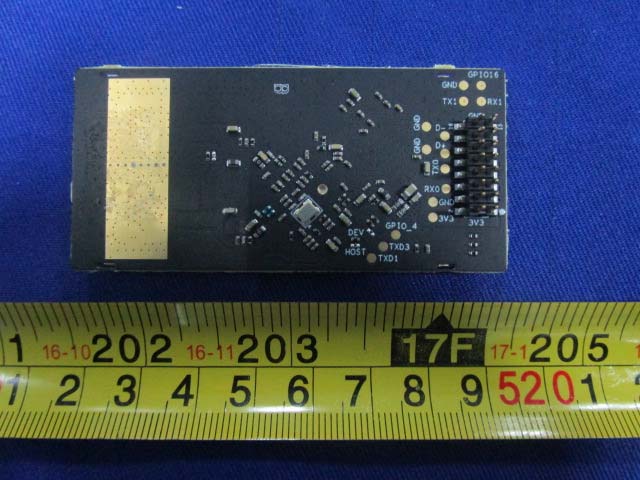Introduction
The DJI Phantom 3 Standard is a consumer-grade drone designed to deliver high-quality aerial photography and videography capabilities to enthusiasts and hobbyists alike. Equipped with an integrated camera gimbal, advanced flight controller, and built-in Wi-Fi extender, the Phantom 3 Standard provides stable flight and reliable wireless connectivity for capturing stunning 1080p videos and crisp 12-megapixel photos.
Crucially, the Phantom 3 Standard is certified by the Federal Communications Commission under FCC ID SS3-GL3581503. This certification confirms that the device meets stringent U.S. electromagnetic interference standards, ensuring it is legally compliant for sale and operation in the United States. In this article, we’ll delve deeply into the Phantom 3 Standard’s key specifications, internal components, wireless technology, and insights gleaned from its FCC filings. We’ll also explore potential use cases and discuss the broader implications of its regulatory compliance.
Key Features & Specifications
DJI’s Phantom 3 Standard is packed with features tailored to provide a superior flying and filming experience:
Key Features:
– Integrated Camera Gimbal: Offers stabilized video footage and sharp images, minimizing vibrations and ensuring professional-quality results.
– Next-Generation Flight Controller: Enhances flight stability, responsiveness, and overall reliability.
– Flight Recorder: Stores critical flight data for review and troubleshooting.
– Built-in Wi-Fi Extender: Ensures robust wireless connectivity between drone and remote controller.
– 1080p Video Recording & 12 MP Photos: High-quality media capture for enthusiasts and content creators.
– Return-to-Home (RTH) Functionality: Smart RTH, Low Battery RTH, and Failsafe RTH ensure safety and reliability.
Technical Specifications:
– Battery: 4480 mAh Intelligent Flight Battery with auto-discharge after 10 days of inactivity.
– Operating Voltage: 15.2 V with short circuit protection.
– Remote Controller Battery: 2000 mAh LiPo battery.
– Battery Charger Output Power: 100W, suitable for rapid charging.
– Operating Temperature: 0°C to 40°C for battery charging and drone operation.
– Camera Sensor: 1/2.3-inch CMOS sensor capturing video at 1080p (30fps) and still images at 12 MP.
– Storage: Supports Micro-SD cards up to 64 GB (UHS-1 recommended).
Additional Wireless Specifications:
– Wi-Fi: Built-in Wi-Fi extender operating at 2.4GHz band.
– Bluetooth: Present (specific details unavailable).
Operating Frequencies
The Phantom 3 Standard operates on carefully regulated frequencies to ensure optimal performance:
| Frequency Range (GHz) | Output Power (mW) | FCC Rule Part |
|---|---|---|
| 2.412-2.462 | 326 | 15CMO2.15.738 |
These frequencies align with common Wi-Fi bands, providing a strong balance between communication range, data throughput, and minimal interference, critical for stable drone control and real-time video streaming.
Technology Deep Dive
At its wireless core, the Phantom 3 Standard leverages 2.4GHz Wi-Fi technology. This frequency band offers a practical range and is commonly used in consumer electronics, balancing performance and interference mitigation. The built-in Wi-Fi extender within the remote controller helps maintain a stable connection, ensuring reliable real-time video transmission and responsive control inputs.
Bluetooth presence, although details are sparse, indicates supplementary connectivity, potentially for pairing and device management. The careful selection of wireless technologies and operating frequencies ensures efficient power use, reduced interference, and consistent performance—a must-have for aerial filming and photography.
In-Depth Internal Component Analysis / Teardown
The internal construction of the Phantom 3 Standard showcases DJI’s engineering expertise and attention to detail.
The main PCB features densely packed ICs, likely including a microcontroller or SoC for processing, RF transceivers, and power management ICs. A multi-layer PCB design with careful routing and EMI shielding highlights sophisticated engineering aimed at minimizing interference and maximizing reliability. External antennas connected via coaxial cables ensure robust wireless communication, essential for drone operation. The overall build quality demonstrates modularity, compactness, and robust design principles characteristic of DJI’s drone controllers.

Another internal PCB reveals a central microcontroller or SoC, surrounded by power management circuitry and RF transceivers. The layout includes differential pairs and impedance-controlled traces, essential for high-speed data and RF signal integrity. Metal shielding over sensitive components further reduces EMI/RFI interference, ensuring stable drone performance. Connectors for peripheral modules suggest a modular approach, facilitating easier maintenance and upgrades.

A closer inspection of another PCB confirms a sophisticated multi-layer design, with a central microcontroller or SoC and surrounding power regulation components. Differential pairs and controlled impedance routing ensure signal integrity, while multiple connectors allow easy integration with peripheral components. The presence of crystal oscillators highlights precise timing, crucial for stable control and communication functions.

An RF-focused PCB section prominently features metal shielding, protecting critical wireless communication ICs, likely Wi-Fi transceivers or RF front-end modules. The presence of crystal oscillators indicates precise timing requirements for RF communications. The PCB’s layout and shielding design emphasize DJI’s commitment to superior RF performance, essential for maintaining reliable drone control and telemetry signals.

A compact PCB with an integrated trace antenna design suggests dedicated wireless communication functionality, likely handling telemetry or drone control signals. The simple layout, serial communication interfaces, and clearly labeled test points indicate a purpose-built module optimized for reliable wireless connectivity in drone applications.

Regulatory Insights & FCC Filing
The FCC certification (FCC ID SS3-GL3581503) verifies that the DJI Phantom 3 Standard meets U.S. electromagnetic interference standards. FCC filings typically include detailed test reports on RF exposure, EMC compliance, device photos, user manuals, schematics, and block diagrams. Documents reveal that the Phantom 3 Standard captures 1080p video and 12 MP photos using a 1/2.3-inch CMOS sensor, supported by a 3-axis gimbal providing stable footage. DJI’s advanced power management system in the intelligent flight battery ensures reliable operation and safety. The DJI Pilot app offers live HD video feeds, flight control, and safety features such as auto takeoff and landing, height/distance limits, and No-Fly Zones compliance.
Potential Use Cases & Target Audience
The Phantom 3 Standard is ideal for hobbyist photographers and videographers seeking professional-quality aerial footage without complex setups. Its intuitive flight controls and stable camera system make it an excellent choice for capturing landscapes, special events, or real estate imagery. Additionally, its reliable RTH safety features and straightforward operation through the DJI Pilot app appeal to beginners and intermediate drone pilots looking to enhance their aerial photography skills.
Conclusion
DJI’s Phantom 3 Standard (FCC ID SS3-GL3581503) is a well-rounded consumer drone offering robust features, reliable wireless connectivity, and regulatory compliance. Its sophisticated internal components, proven wireless technologies, and user-friendly operation underscore its value in the consumer drone market. With FCC certification affirming its compliance with U.S. standards, the Phantom 3 Standard remains a trusted choice for aerial photography enthusiasts and hobbyists alike.